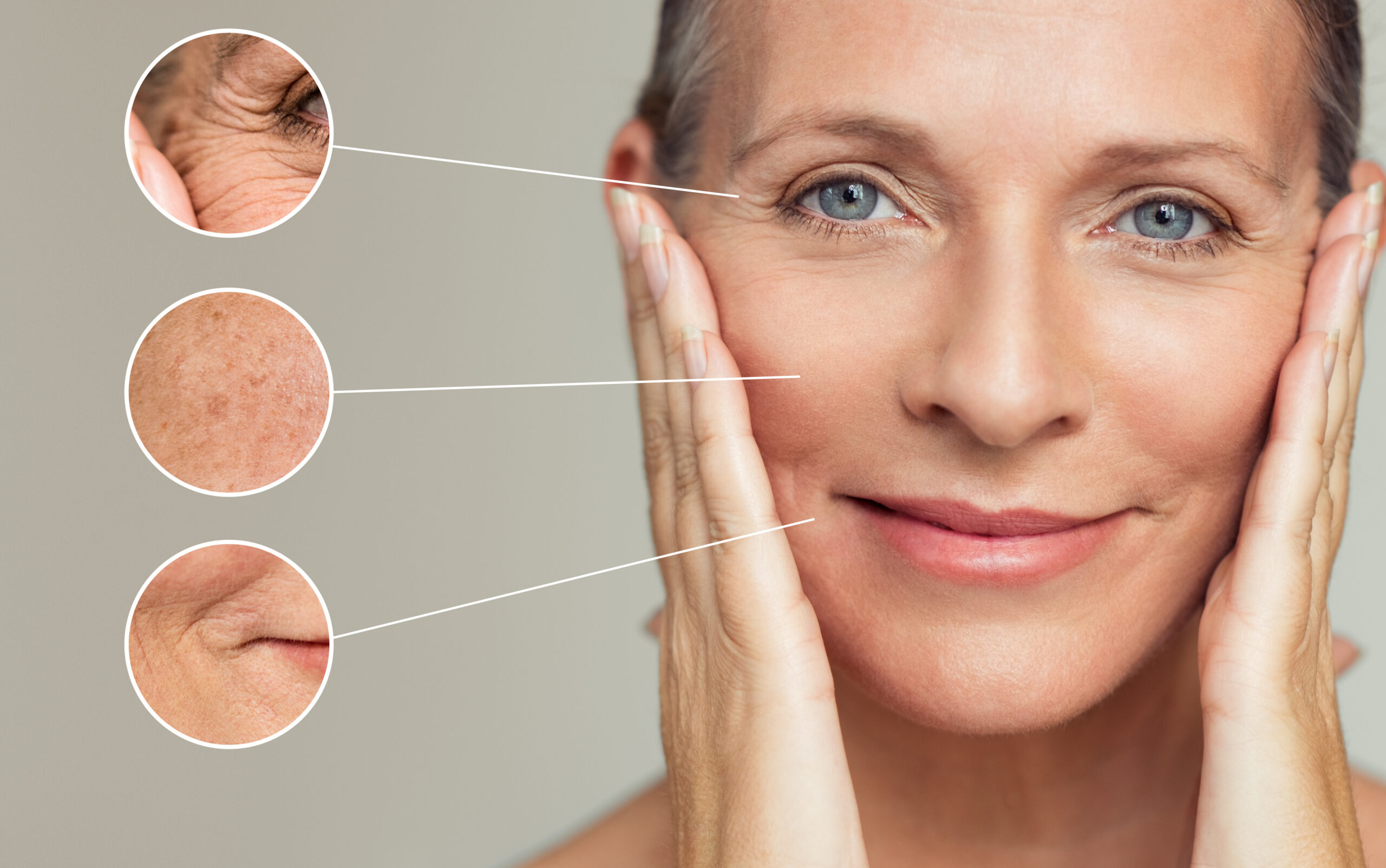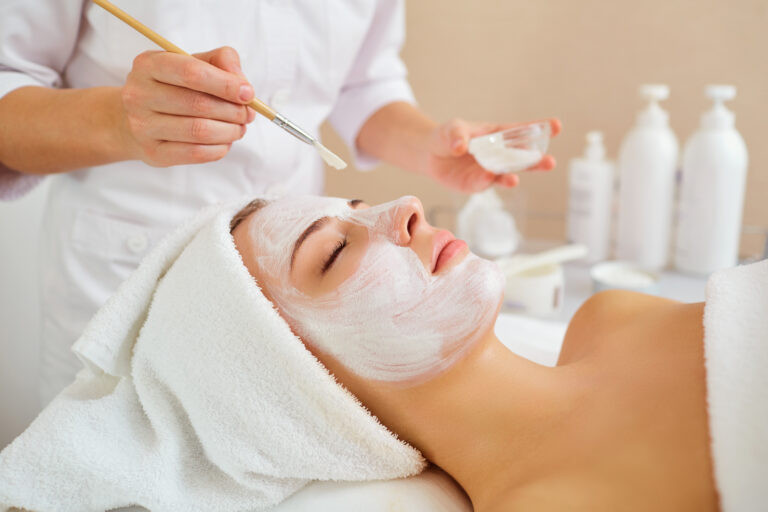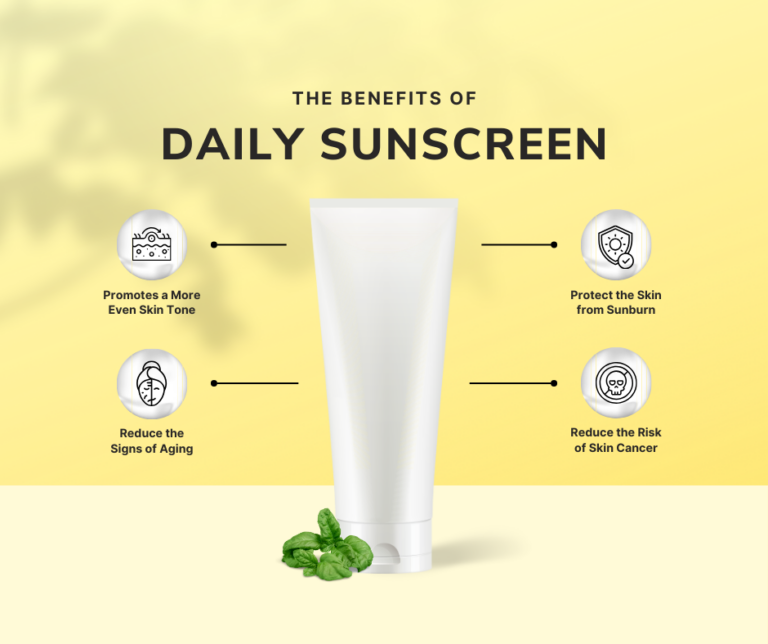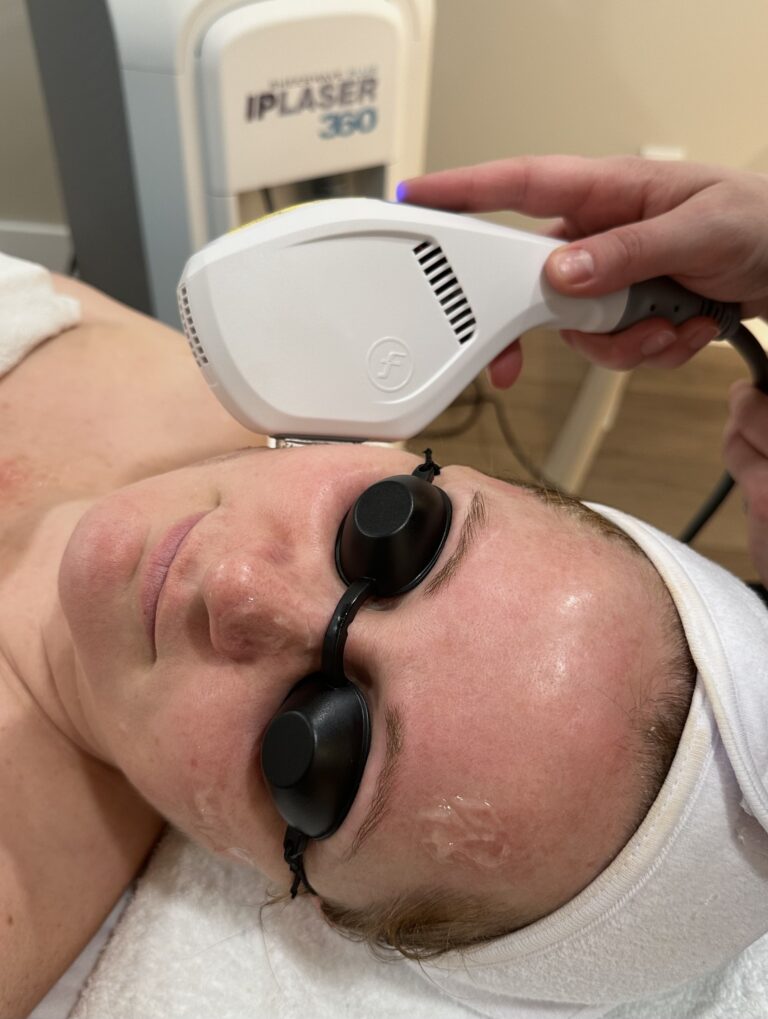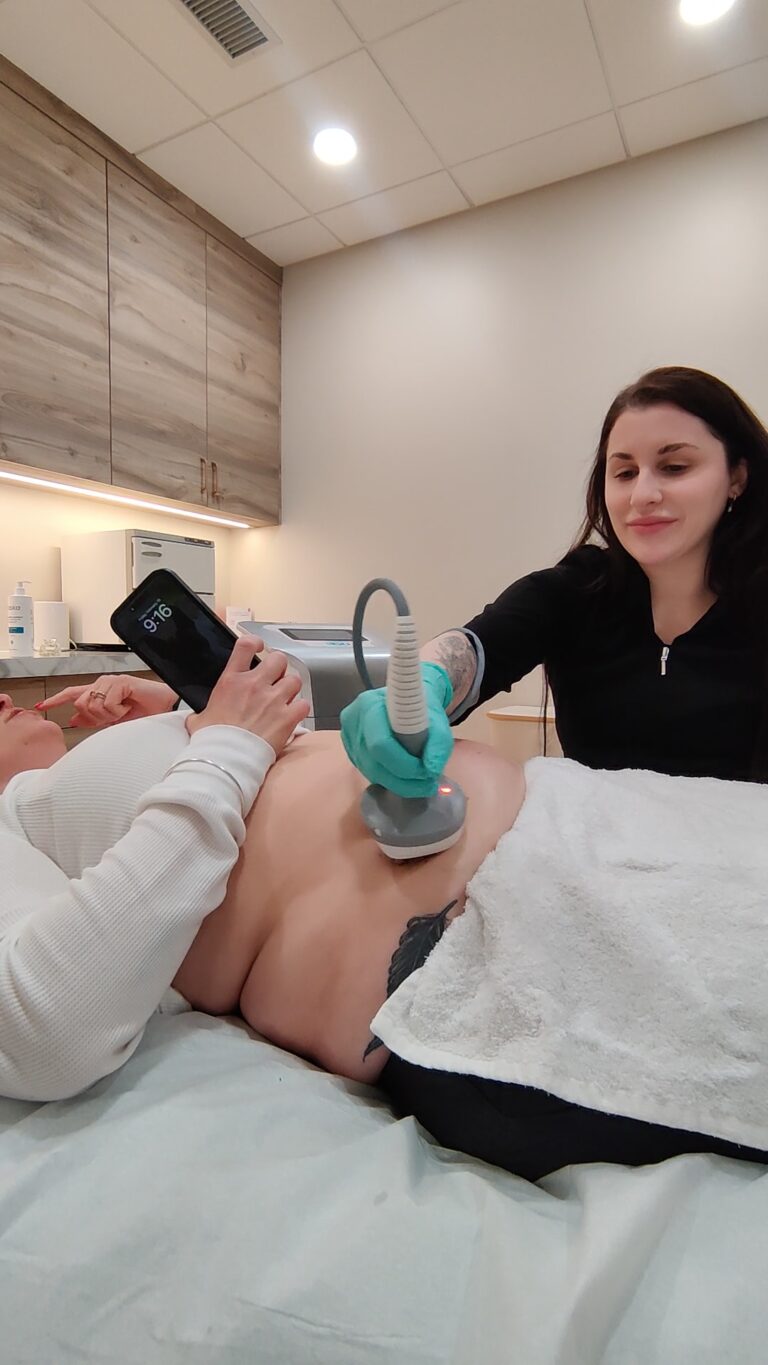Menopause and Signs of Aging
Menopause and Signs of Aging
Menopause marks a significant transition in a woman’s life, typically occurring around age 50. This phase brings about various physiological changes, notably a decline in estrogen levels, which profoundly impacts the skin. Up to 30% of dermal collagen is lost in the first five years of menopause alone, leading to skin laxity and wrinkles.
Estrogen is crucial for maintaining skin health
Estrogen enhances collagen production, skin thickness, elasticity, hydration, and healing. It is critical in maintaining the skin’s barrier function. The skin comprises three basic layers: the epidermis, dermis, and subcutaneous tissue. The epidermis provides a protective barrier and retains moisture, while the dermis contains collagen and elastin fibers that give the skin its strength and elasticity. The subcutaneous layer consists of fat and connective tissue. As estrogen levels drop during menopause, there is a significant decrease in collagen and elastin, resulting in thinner and more droopy skin. The skin’s ability to retain moisture diminishes, causing dryness and increased sensitivity. These changes contribute to the formation of wrinkles, sagging, and a dull and uneven complexion.
Slowing the signs of skin aging
To address these changes, lifestyle modifications are critical. Smoking cessation, a diet rich in antioxidants and micronutrients, staying hydrated and regular exercise can support skin health. Estrogen replacement therapy, either systemically or topically, can slow down the signs of skin aging by improving hydration, elasticity, and skin thickness. Daily use of broad-spectrum SPF 30 or higher protects against UV damage, which exacerbates skin aging. Mineral sunscreen is preferred.
The role of quality skin care, biostimulatory fillers and PRP
Dry skin is common during this period, so using skincare products that help maintain the skin barrier function is important. Ingredients such as peptides, antioxidants like vitamin C and retinoids promote cell turnover and collagen production. Oral supplementation of collagen peptides, also known as hydrolyzed collagen, can help, although the evidence is weak. Injectables such as neurotoxins (Botox) and fillers have limitations in women over age 55-60, but biostimulatory fillers and platelet-rich plasma (PRP) or platelet-rich fibrin (PRF) may stimulate collagen production, improving skin texture and firmness.
Microneedling and IPL treatments can help!
Energy-based treatments like radiofrequency and microneedling offer transformative results by stimulating collagen production, reducing skin laxity, and improving overall skin texture. For pigmentation and redness concerns, intense pulsed light (IPL) can help provide a more even, youthful skin tone.
Effective solutions to maintain your skin health
Although menopause can adversely affect skin health and appearance due to declining estrogen levels, effective management options exist nowadays. From lifestyle modifications to estrogen replacement therapies, targeted skincare routines, and advanced treatments like injectables, biostimulatory fillers, PRP/PRF, and energy-based therapies, there are numerous effective ways to enhance and maintain skin appearance and health during menopause.
Elisabeth Crisci MD

